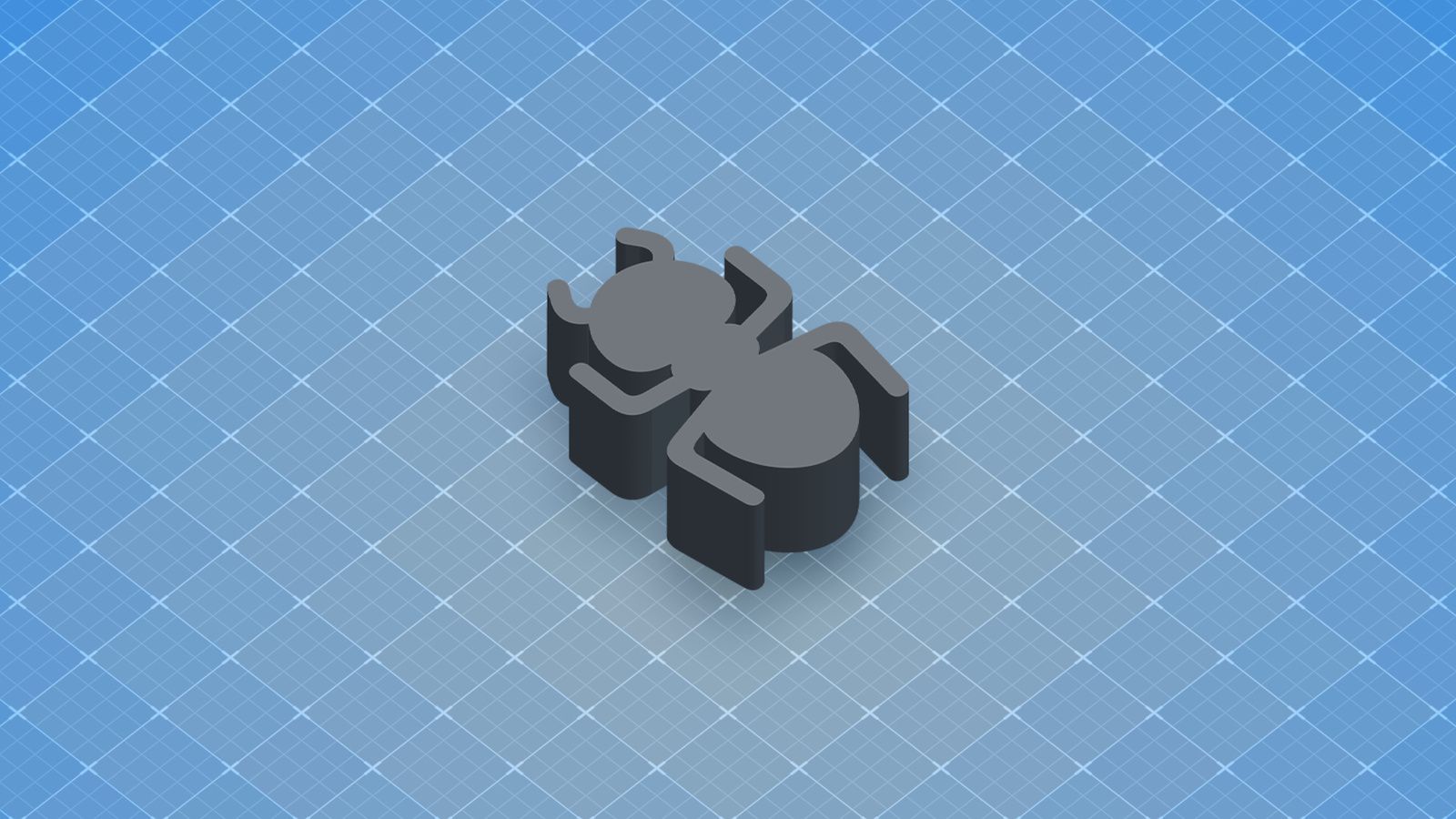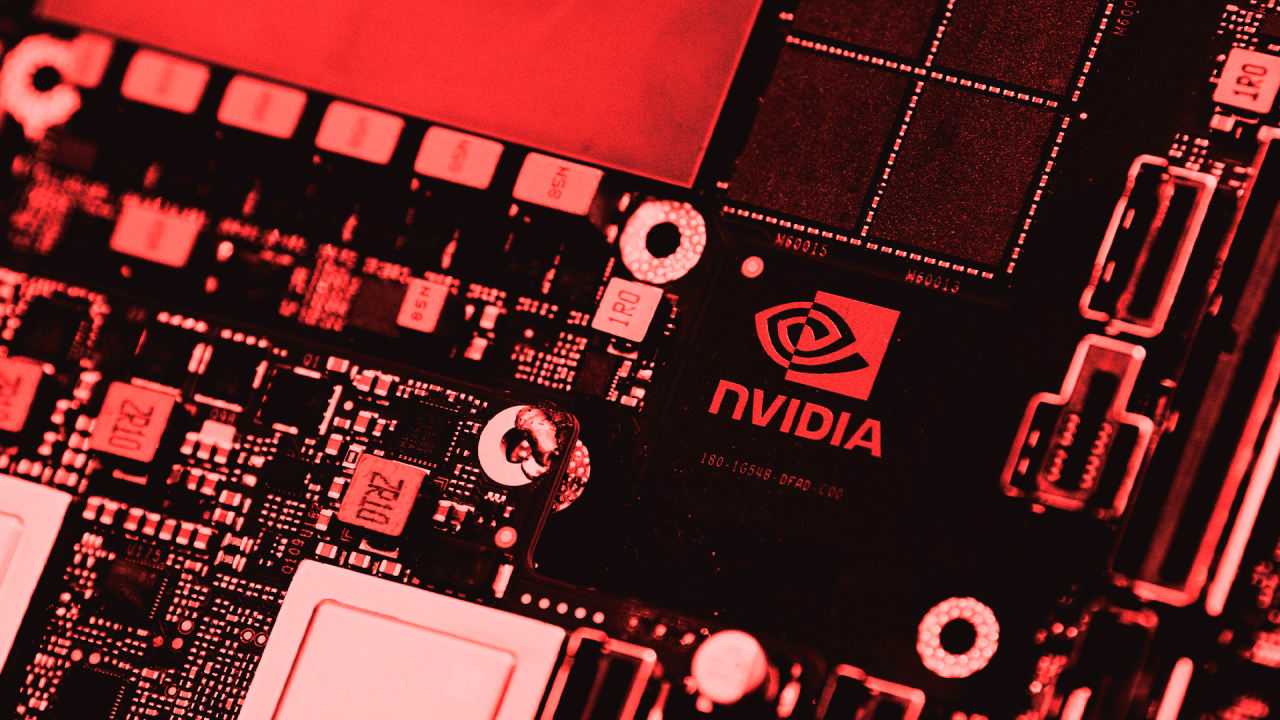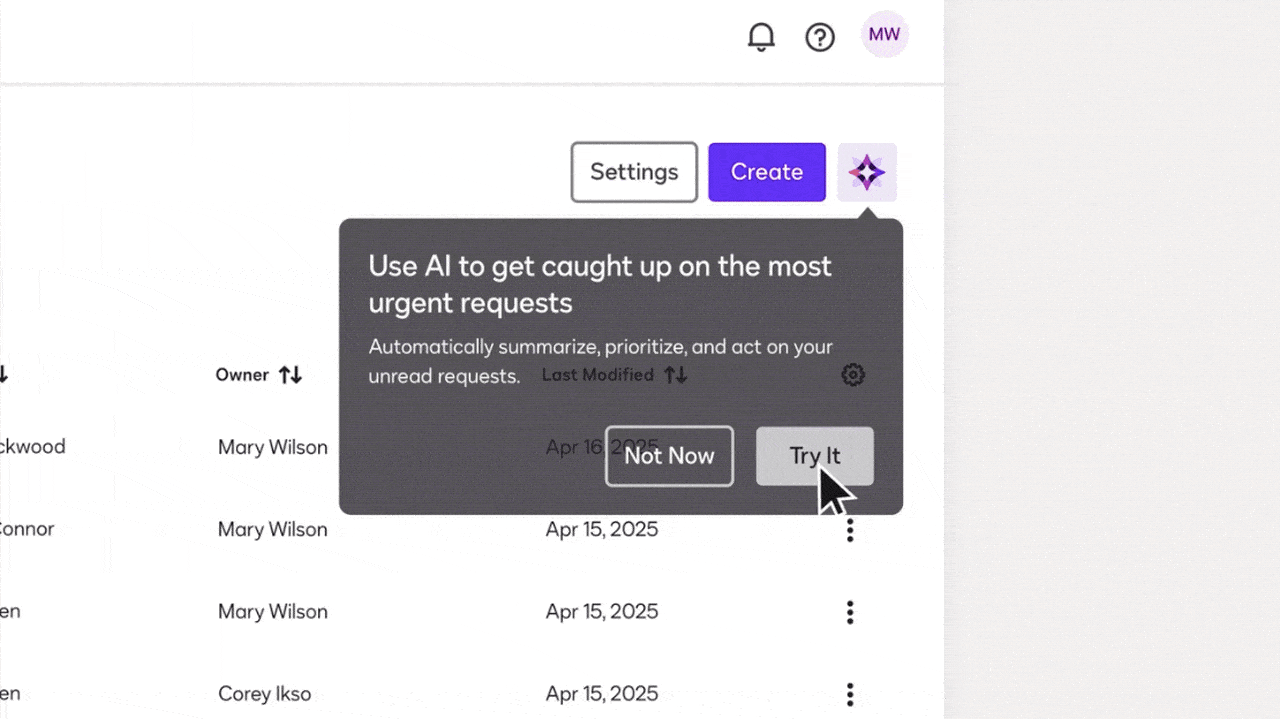How to Set Up a CI/CD Pipeline with GitHub Actions for Automated Deployments
In this article, you will learn how to implement continuous integration and continuous delivery in your repository using GitHub Actions to automate your development workflow. To demonstrate this, I will use a simple Node.js app as our software product and deploy it to my personal VPS (Virtual Private Server) as the hosting environment. But seriously, what is a CI/CD pipeline, and why do we need it? Great question! Let’s break it down in simple terms. What is a CI/CD pipeline? CI/CD pipeline automates the process of building, testing, and deploying code whenever changes are made to a repository. • Continuous Integration (CI) ensures that new code is automatically tested and merged. • Continuous Delivery (CD) automates deployment, making sure the latest version of the software is always ready for release. Why Do We Need It? Without CI/CD, developers must manually test and deploy code, which is time-consuming, error-prone, and inefficient. A CI/CD pipeline speeds up the development cycle, reduces bugs, and ensures a smooth deployment process. Imagine you have a project hosted on your VPS. • With CI, every time you push code to GitHub, it automatically runs tests to check for errors. • With CD, if all tests pass, your app automatically deploys to your VPS, keeping it up-to-date without manual intervention. How Does It Work? This is where GitHub Actions comes into play! As a popular CI/CD platform, GitHub Actions allows developers to automate the process of building, testing, and deploying applications directly within their GitHub repositories. At the core of GitHub Actions are workflows, automated processes that execute one or more predefined tasks. Workflows can be customized to fit specific needs, such as: • Running tests for every pull request. • Automatically deploying merged code to production. These workflows are defined in a YAML file stored in your repository, ensuring that automation is seamlessly integrated into your development workflow. Let’s Get Practical!
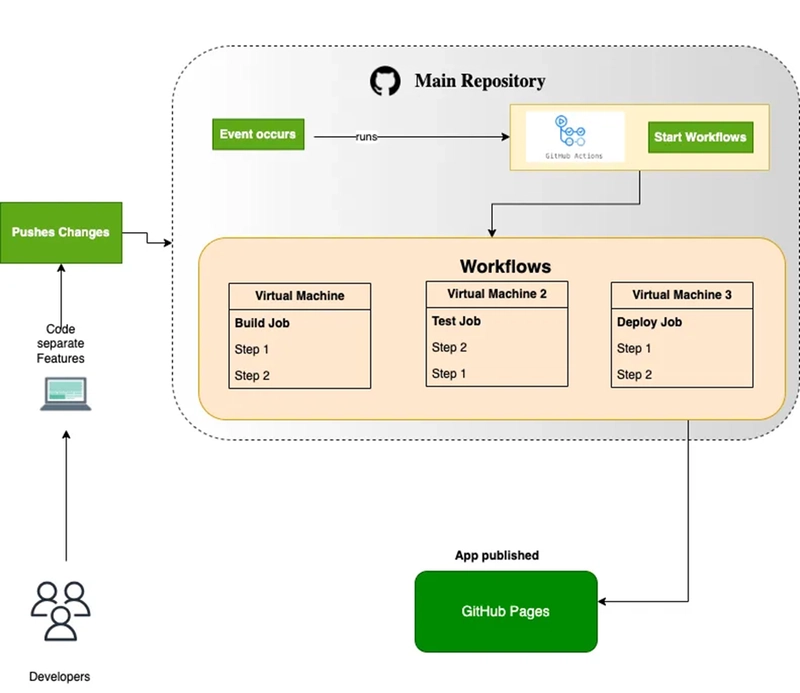
In this article, you will learn how to implement continuous integration and continuous delivery in your repository using GitHub Actions to automate your development workflow.
To demonstrate this, I will use a simple Node.js app as our software product and deploy it to my personal VPS (Virtual Private Server) as the hosting environment.
But seriously, what is a CI/CD pipeline, and why do we need it?
Great question! Let’s break it down in simple terms.
What is a CI/CD pipeline?
CI/CD pipeline automates the process of building, testing, and deploying code whenever changes are made to a repository.
• Continuous Integration (CI) ensures that new code is automatically tested and merged.
• Continuous Delivery (CD) automates deployment, making sure the latest version of the software is always ready for release.
Why Do We Need It?
Without CI/CD, developers must manually test and deploy code, which is time-consuming, error-prone, and inefficient. A CI/CD pipeline speeds up the development cycle, reduces bugs, and ensures a smooth deployment process.
Imagine you have a project hosted on your VPS.
• With CI, every time you push code to GitHub, it automatically runs tests to check for errors.
• With CD, if all tests pass, your app automatically deploys to your VPS, keeping it up-to-date without manual intervention.
How Does It Work?
This is where GitHub Actions comes into play! As a popular CI/CD platform, GitHub Actions allows developers to automate the process of building, testing, and deploying applications directly within their GitHub repositories.
At the core of GitHub Actions are workflows, automated processes that execute one or more predefined tasks.
Workflows can be customized to fit specific needs, such as:
• Running tests for every pull request.
• Automatically deploying merged code to production.
These workflows are defined in a YAML file stored in your repository, ensuring that automation is seamlessly integrated into your development workflow.
Let’s Get Practical!
















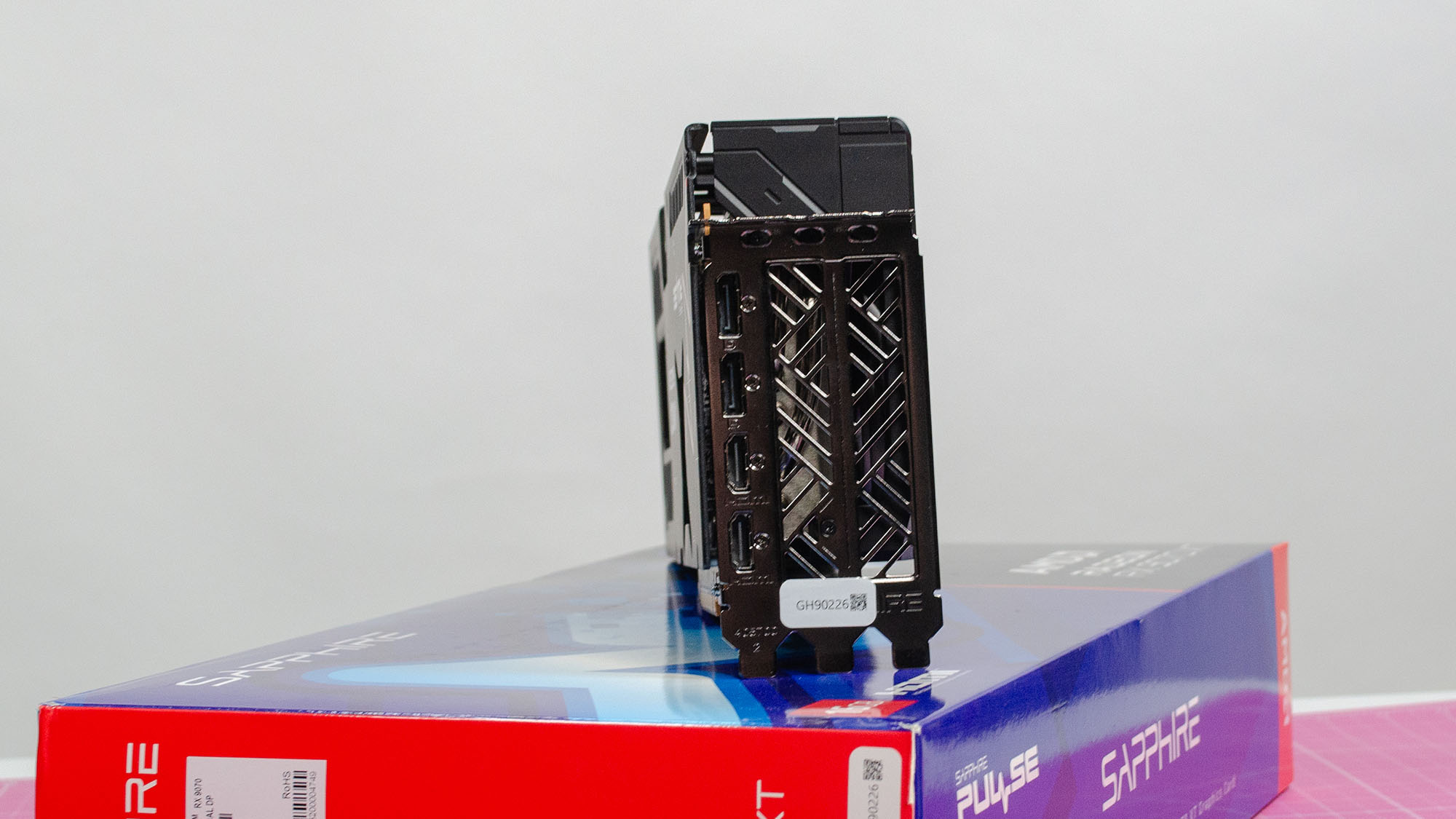
























































































































































![[The AI Show Episode 144]: ChatGPT’s New Memory, Shopify CEO’s Leaked “AI First” Memo, Google Cloud Next Releases, o3 and o4-mini Coming Soon & Llama 4’s Rocky Launch](https://www.marketingaiinstitute.com/hubfs/ep%20144%20cover.png)



































































































































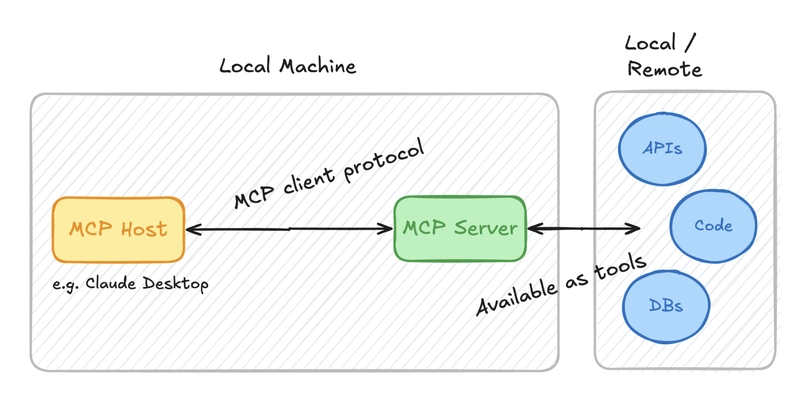



































































![Blue Archive tier list [April 2025]](https://media.pocketgamer.com/artwork/na-33404-1636469504/blue-archive-screenshot-2.jpg?#)


































.png?#)



.jpg?#)































.webp?#)
























































































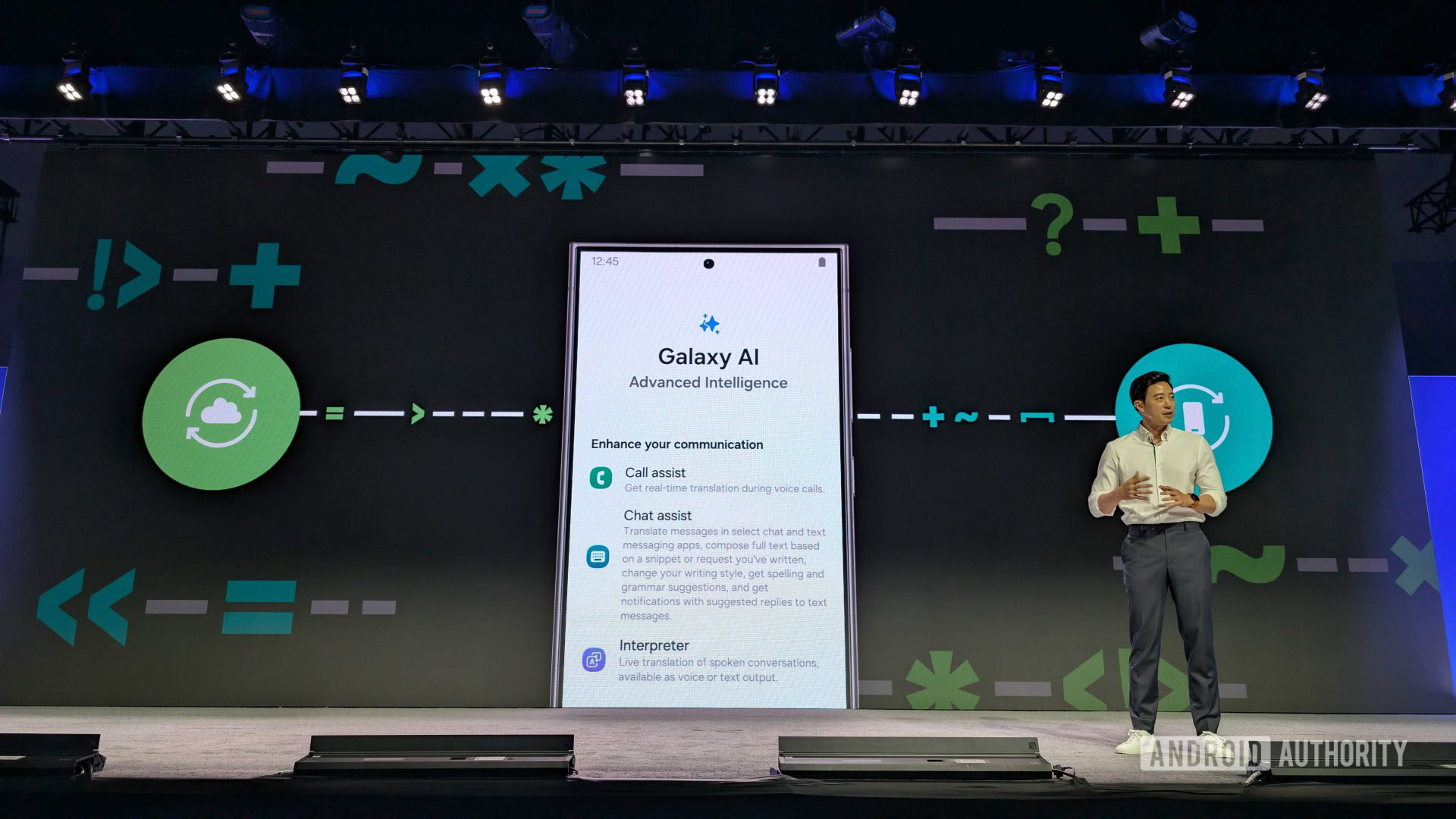



















![Apple to Split Enterprise and Western Europe Roles as VP Exits [Report]](https://www.iclarified.com/images/news/97032/97032/97032-640.jpg)
![Nanoleaf Announces New Pegboard Desk Dock With Dual-Sided Lighting [Video]](https://www.iclarified.com/images/news/97030/97030/97030-640.jpg)

![Apple's Foldable iPhone May Cost Between $2100 and $2300 [Rumor]](https://www.iclarified.com/images/news/97028/97028/97028-640.jpg)











































